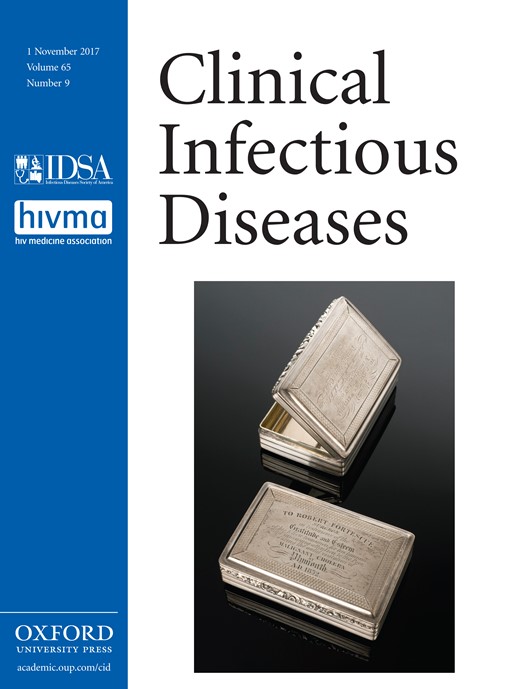-
PDF
- Split View
-
Views
-
Cite
Cite
Larry M Bush, Donald Kaye, Optimizing Antimicrobial Utilization: Job of a Steward, or Time for a Pilot?, Clinical Infectious Diseases, Volume 65, Issue 9, 1 November 2017, Page 1595, https://doi.org/10.1093/cid/cix530
Close - Share Icon Share
To the Editor—In the Centers for Disease Control and Prevention’s (CDC) “Announcement: Get Smart About Antibiotics Week” (14–20 November 2016), antibiotic use is the single most important contributing factor to antibiotic resistance in patients [1]. It has been estimated that 30%–50% of all antibiotics prescribed in US acute care hospitals are either unnecessary or inappropriate [2]. Regrettably, the rapid and ongoing rise in antimicrobial resistance is occurring at the same time that the number of new agents being presented to the US Food and Drug Administration for approval has significantly declined. Therefore, we are faced with the question of how best to curtail and hopefully reverse this trend to avoid returning to the “preantibiotic era” of medical practice.
For years the establishment of hospital antimicrobial stewardship programs (ASPs) has been strongly encouraged by the CDC and the Centers for Medicare and Medicaid Services. However, not until approaching a near crisis level did the Joint Commission, this year, require that consensus ASP standards be implemented to slow and, hopefully, halt the unintended deleterious effects of indiscriminate and inappropriate antimicrobial utilization [3].
In a recent article in Clinical Infectious Diseases, Goff et al reviewed the 8 essential elements contained in the Joint Commission ASP standards and suggest a “how-to” guide to best achieve these goals [4]. Generally, these ASPs are comprised of multidisciplinary teams whose physician leader is often an infectious diseases (ID) specialist. Undoubtedly, such ASPs have been and will continue to be beneficial, but as we see it, have an ominously limited ceiling on success as currently designed. Perhaps this is best explained by a commercial air travel analogy [5]. Upon entering the aircraft we are greeted by attendants, previously referred to as stewards. Yet upon entering the airplane, most passengers look to the left to see who in the cockpit actually has their hands on the controls, and who is ultimately responsible for flying the plane. Best stated, who is the pilot? Like the airline example, the clinician at the bedside (the pilot) who prescribes and controls the antibiotic has the greatest effect on the success or failure of the ASP. Unquestionably, the ID physician specialist is most prepared for this responsibility, with his/her depth of knowledge, practical experience, and clinical confidence critically needed to take these ASPs to the next level instead of just “going after the low-hanging fruit” [6]. Clearly, anything short of this model is greatly restricted from its inception, and frankly cannot make any real, substantial difference in issues surrounding antimicrobial stewardship. As stated by the article’s authors, “asking clinicians to do a better job at prescribing antimicrobials has not and does not work and unraveling years of over-prescribing antimicrobials will require behavior change.”
Without doubt, the needed change is the creation of the ID specialist/hospitalist service whose role would be to captain the ASP and make all of the bedside clinical decisions in regard to antimicrobial utilization, and any ID-required laboratory and/or imaging studies. The ID physician could be working as a hospitalist or could be working as a consultant on a nonteaching service, making these decisions without the burden of managing the patient’s entire care. One of us (L. M. B.) has performed in such a fashion for >24 months, which, along with presumed improved clinical care, has led to an estimated 75% reduction in antimicrobial utilization (days and costs), as well as a 1.5-day decrease in length of stay. The ID leadership and specialty as a whole must now recognize this opportunity and tangibly demonstrate the enormous clinical and financial benefit achievable when we are the pilots. To borrow a quote: “If not us, who? If not now, when?”
Note
Potential conflicts of interest. Both authors: No reported conflicts of interest. Both authors have submitted the ICMJE Form for Disclosure of Potential Conflicts of Interest. Conflicts that the editors consider relevant to the content of the manuscript have been disclosed.
References





Comments